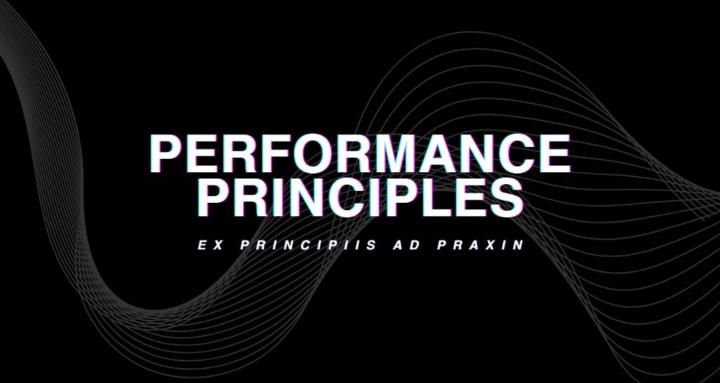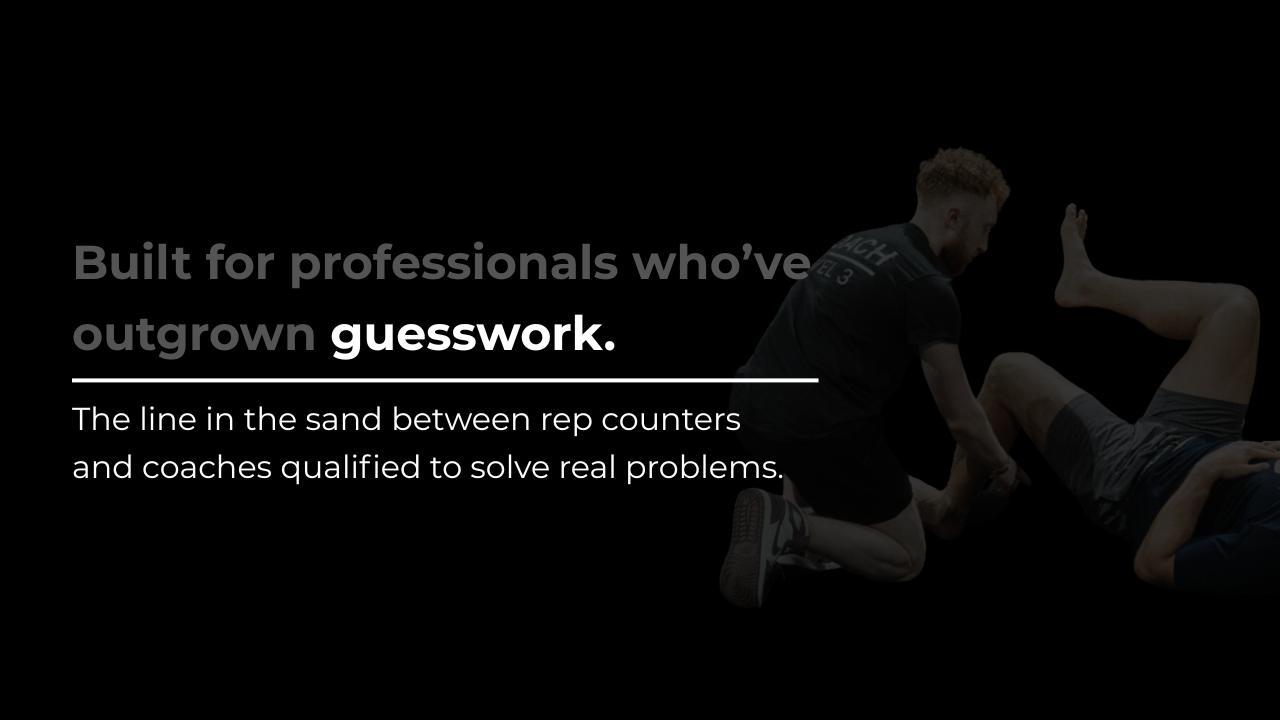Most coaches guess. Professionals don’t.
This is where coaches who’ve outgrown guesswork come to learn the systems that fix problems other coaches can’t.

skool.com/performance-principles
Helping personal trainers and coaches master performance, pain, and progression through real-world coaching and education.
Powered by

